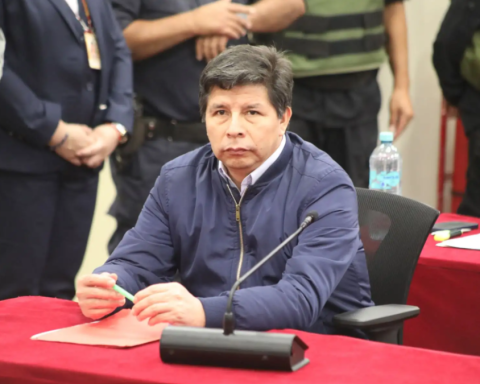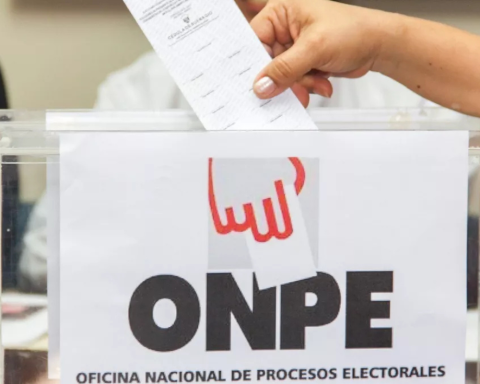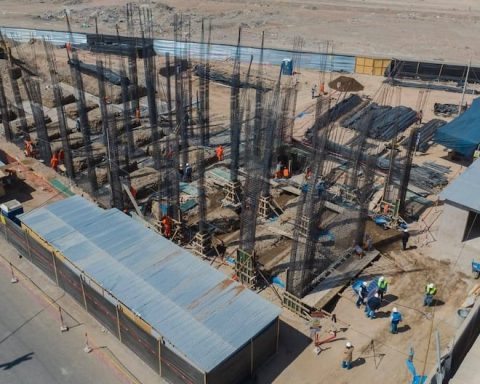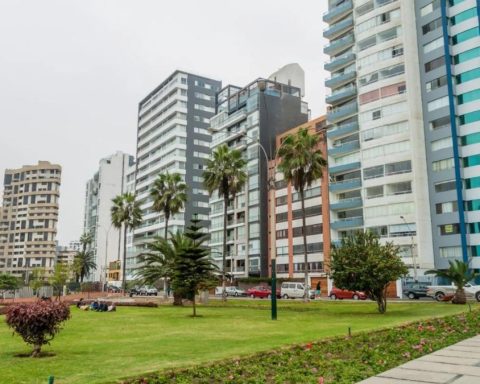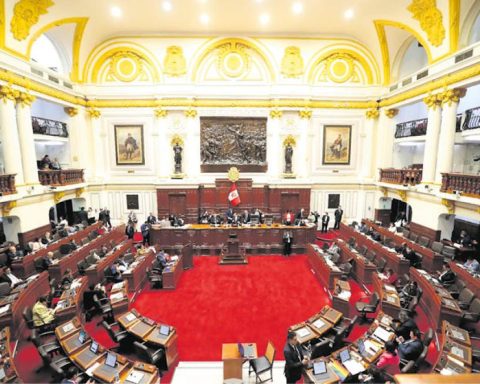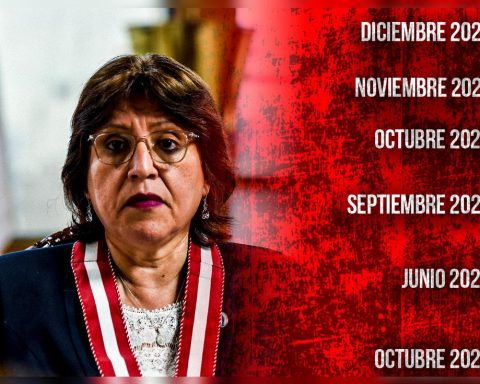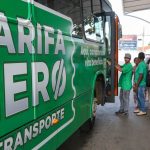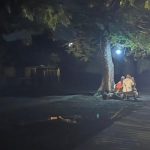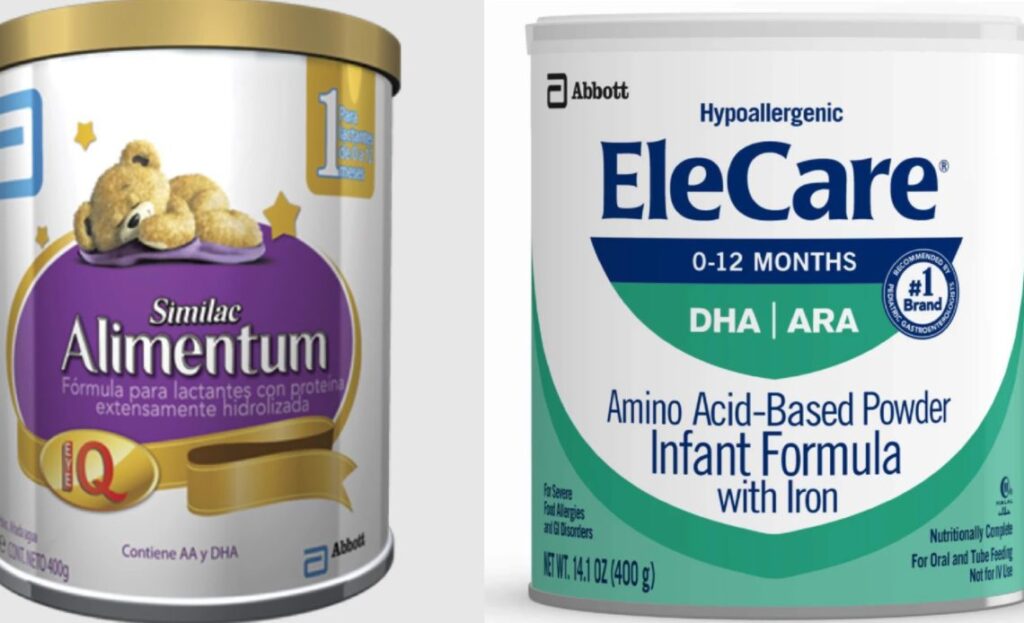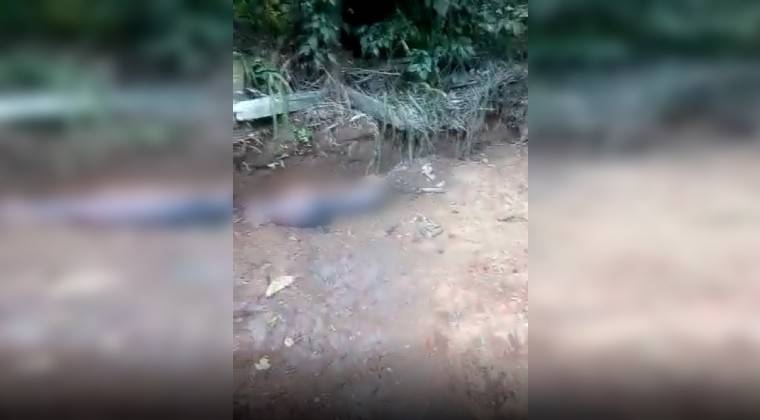According to figures from the Ministry of Education (Minedu), 7 out of 10 schools nationwide require some type of structural reinforcement. For Rudolf Giese, dean of the Faculty of Architecture of the University of Sciences and Art of Latin America (UCAL), promoting private investment, through the works-for-taxes mechanism, would help reverse this situation and reduce the educational infrastructure gap in the public sector.
“We know that currently 60% of schools nationwide do not have sanitation works, that is, they do not have water or drainage; a worrying situation, even more so in the context of the health crisis in which we live. That is why it is urgent to ensure the minimum conditions to guarantee a safe return to class”says the UCAL professor.
Challenges and proposals in the short and medium term
According to Rudolf Giese, based on an analysis carried out by the UCAL City Observatory, in our country the budget allocated for school infrastructure is not sufficient to guarantee adequate structural safety conditions in the event of seismic events, access to the main basic services (water, drainage, electricity and internet), nor the maintenance of the infrastructure and furniture for the proper development of classes.
“There is a gap of 110 billion soles to cover the demand for educational infrastructure required in the country. At the rate of annual investment made by the state in infrastructure, it will take approximately 30 years to be able to close it and thus ensure that our students go to safe and adequate schools to enhance their learning. Knowing the problem, some alternative solutions can be proposed”, Giese points out.
- Greater participation of the private sector: Promoting private investment could ensure rapid progress in improving educational institutions. “The private sector can play an important role in the generation of public educational infrastructure, through the mechanism of works for taxes”, explains the UCAL expert. The state should encourage the private sector to join this initiative by advancing 50% of the payment that corresponds to income tax, so that it can be used for public works, in this case for the construction of new schools and for the strengthening of existing schools.
- Innovative professionals: The role of professionals is key to closing the educational gap and improving the conditions of students. Giese proposes to form multidisciplinary teams to carry out technical analyzes of the premises and propose the necessary improvements. “At UCAL we focus on training young people with transdisciplinary thinking and a high degree of social sensitivity that allows them to understand reality in order to propose solutions aligned to these problems”Giese explains.
- Basic conditions for returning to the classroom: Educational institutions must establish clear protocols that allow the educational community to know how to react to an earthquake, guarantee hygiene and maintain distance.
“It is essential that schools go through an evaluation that guarantees the structural safety of the building, they must also have hygienic services in good condition, provided with water and drainage, as well as electricity and internet; Classrooms and other learning spaces must have adequate cross ventilation that constantly renews the air. In addition, the facilities must guarantee universal access for people with different abilities”concludes Rudolf Giese.
“The only way to get ahead in this context is if we work together under the same objective. Ensuring a safe return to the classroom is a priority and from the academy we have a fundamental role that we hope will be taken into account”, the UCAL specialist concludes.

